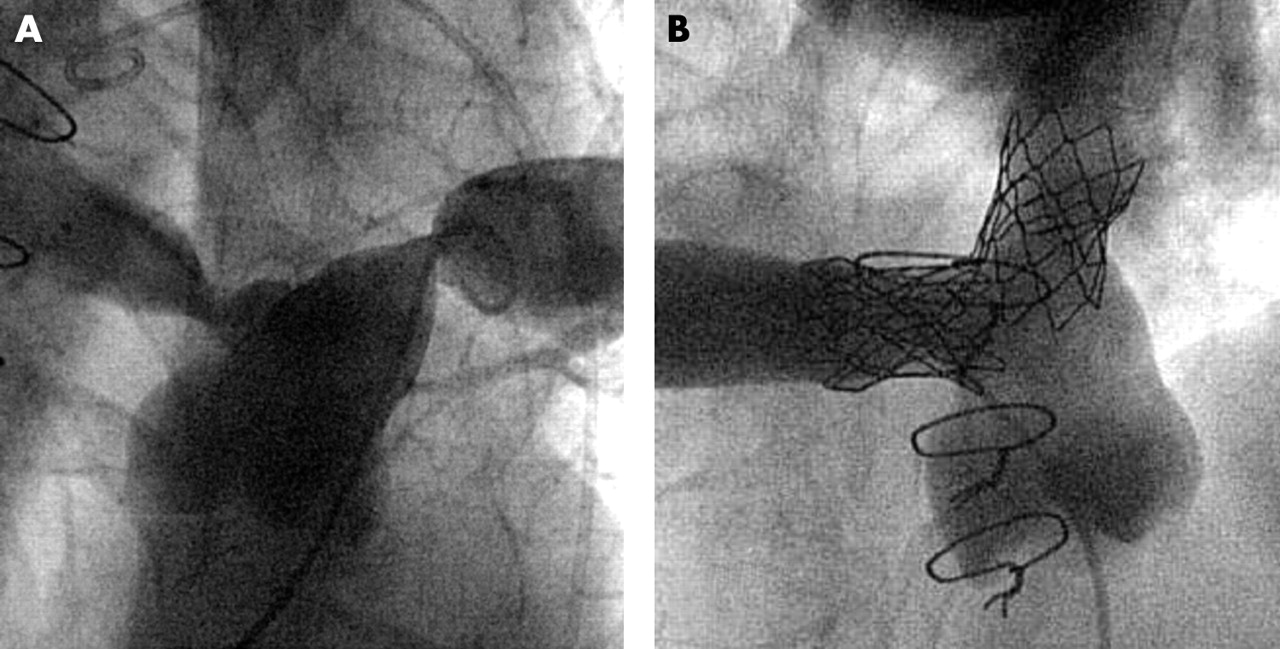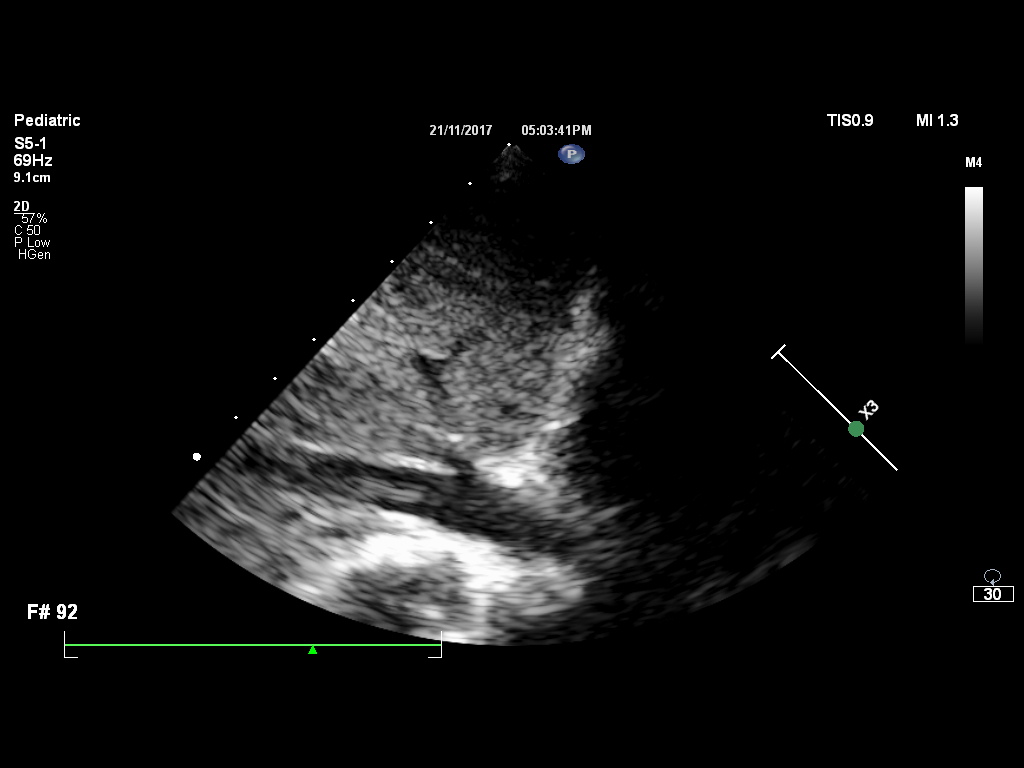
Are cardiac surgery for congenital heart defects curative? Does heart with congenital defects become normal after surgery?
It is provd beyond doubt that cardiac surgery improves quality and longevity of life for babies born with complex heart defects(Congenital heart defects). However, only for a few simple diseases ( atrial septal defect . ventricular septal defects , patent ductus arteriosus etc), surgeries are curative. For complex diseases ( single ventricle, trans position of great arteries, tetralogy of Fallot, aortic stenosis , double outlet right ventricle, etc) surgeries offer very good palliation which some times can be close to curative but not always. Paediatric cardiologist and surgeon will tell about long term complication and outcome while planning first surgery or trans catheter intervention. (Trans catheter cardiac interventions)
What are long term problems these babies can face after surgery? When they manifest?
These problems are varied and disease specific. They can present at any time after surgery, as early as few months to many decades.
This is a short list of post surgical problem with underlying condition:
- Tetrology of Fallot : Pulmonary regurgitation, pulmonary artery stenosis,
- Trans position of great arteries: Narrowing of pulmonary artery and aorta, coronary insufficiency
- Double outlet right ventricle: LV outlet obstruction, pulmonary artery narrowing
- Fontan ( tricuspid atresia, single ventricle): Protein loosing entropathy, Fontan failure,
- Aortic stenosis: Recurrence, aortic dilatation,
- Coarctation of aorta, : Narrowing of aorta, aortic dilatation, dissection
- Pulmonary hypertension
- TAPVC: pulmonary vein stenosis
- Complete heart block
- Heart failure
- Valve replacement: leak, obstruction, infection
- Arrhythmia: Abnormal heart rhythm which can originate from atrium or ventricle.
This list is not exhaustive nor complete.
Generally 10 to 25% of operated patient can develop post operative problems. In some cases more than 1 ailments can co exist. They can aggravate or occasionally mask other
Consult doctor
How to diagnose them in time?
Many complications do not manifest unless they are fairly advanced. However, current approach is to pick them in asymptomatic stage before patients suffers irreversible damage. Hence to diagnose them in time , it is strongly advised that all patient should remain in regular follow up even after many years after of surgery.
2D echocardiography Colour Dopper examination is the first step in diagnosis. It can give clear idea about exact site of problem, and probable idea about solution. Few cases may require additional tests like cardiac MR, angiography, CT scan etc.
How to address these problems:
Most of them require individualized approach. Armamentarium includes medical management, surgery or trans catheter interventions. Few cases may require heart transplant.
After interventions, most of patients experience improvement in quality of life and also adds years to life.



REPLY COMMENT